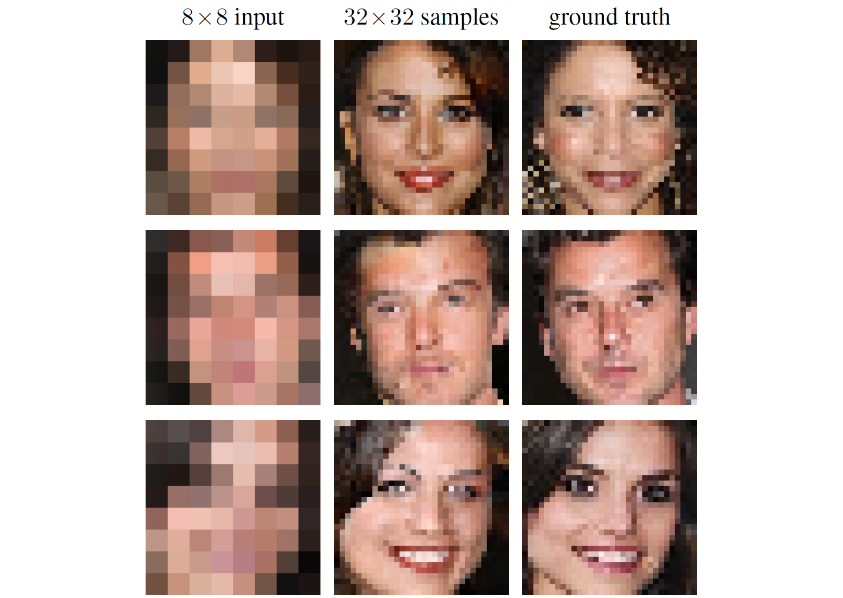A Gentle Introduction to Scikit-Learn: A Python Machine Learning Library
If you are a Python programmer or you are looking for a robust library you can use to bring machine learning into a production system then a library that you will want to seriously consider is scikit-learn.
In this post you will get an overview of the scikit-learn library and useful references of where you can learn more.
Where did it come from?
Scikit-learn was initially developed by David Cournapeau as a Google summer of code project in 2007. Later Matthieu Brucher joined the project and started to use it as apart of his thesis work. In 2010 INRIA got involved and the first public release (v0.1 beta) was published in late January 2010.
The project now has more than 30 active contributors and has had paid sponsorship fromINRIA, Google, Tinyclues and the Python Software Foundation.
What is scikit-learn?
Scikit-learn provides a range of supervised and unsupervised learning algorithms via a consistent interface in Python. It is licensed under a permissive simplified BSD license and is distributed under many Linux distributions, encouraging academic and commercial use.
The library is built upon the SciPy (Scientific Python) that must be installed before you can use scikit-learn. This stack that includes:
- NumPy: Base n-dimensional array package
- SciPy: Fundamental library for scientific computing
- Matplotlib: Comprehensive 2D/3D plotting
- IPython: Enhanced interactive console
- Sympy: Symbolic mathematics
- Pandas: Data structures and analysis
Extensions or modules for SciPy care conventionally named SciKits. As such, the module provides learning algorithms and is named scikit-learn.
The vision for the library is a level of robustness and support required for use in production systems. This means a deep focus on concerns such as easy of use, code quality, collaboration, documentation and and performance.
Although the interface is Python, c-libraries are leverage for performance such as numpy for arrays and matrix operations, LAPACK, LibSVM and the careful use of cython.
What are the features?
The library is focused on modeling data. It is not focused on loading, manipulating and summarizing data. For these features, refer to NumPy and Pandas.

Screenshot taken from a demo of the mean-shift clustering algorithm
Some popular groups of models provided by scikit-learn include:
- Clustering: for grouping unlabeled data such as KMeans.
- Cross Validation: for estimating the performance of supervised models on unseen data.
- Datasets: for test datasets and for generating datasets with specific properties for investigating model behaviour.
- Dimensionality Reduction: for reducing the number of attributes in data for summarization, visualization and feature selection such as Principal component analysis.
- Ensemble methods: for combining the predictions of multiple supervised models.
- Feature extraction: for defining attributes in image and text data.
- Feature selection: for identifying meaningful attributes from which to create supervised models.
- Parameter Tuning: for getting the most out of supervised models.
- Manifold Learning: For summarizing and depicting complex multi-dimensional data.
- Supervised Models: a vast array not limited to generalized linear models, discriminate analysis, naive bayes, lazy methods, neural networks, support vector machines and decision trees.
Example: Classification and Regression Tress
I want to give you an example to show you how easy it is to use the library.
In this example we use the Classification and Regression Tress (CART) decision tree algorithm to model the Iris flower dataset/ This dataset is provided as an example dataset with the library and is loaded. The classifier is fit on the data and then predictions are made on the training data. Finally, the classification accuracy and a confusion matrix is printed.
| # Decision Tree Classifier | |
| from sklearn import datasets | |
| from sklearn import metrics | |
| from sklearn.tree import DecisionTreeClassifier | |
|
|
|
| # load the iris datasets | |
| dataset = datasets.load_iris() | |
| # fit a CART model to the data | |
| model = DecisionTreeClassifier() | |
| model.fit(dataset.data, dataset.target) | |
| print(model) | |
| # make predictions | |
| expected = dataset.target | |
| predicted = model.predict(dataset.data) | |
| # summarize the fit of the model | |
| print(metrics.classification_report(expected, predicted)) | |
| print(metrics.confusion_matrix(expected, predicted)) |
Who is using it?
The scikit-learn testimonials page lists Inria, Mendeley, wise.io , Evernote, Telecom ParisTech and AWeber as users of the library. If this is a small indication of companies that have presented on their use, then there are very likely tens to hundreds of larger organizations using the library.
It has good test coverage and managed releases and is suitable for prototype and production projects alike.
Resources
If you are interested in learning more, checkout the Scikit-Learn homepage that includes documentation and related resources. You can get the code from the github repository, and releases are historically available on the Sourceforge project.
Documentation
I recommend starting out with the quick-start tutorial and flicking through the user guide and example gallery for algorithms that interest you. Ultimately, scikit-learn is a library and the API reference will be the best documentation for getting things done.
- Quick Start Tutorial http://scikit-learn.org/stable/tutorial/basic/tutorial.html
- User Guide http://scikit-learn.org/stable/user_guide.html
- API Reference http://scikit-learn.org/stable/modules/classes.html
- Example Gallery http://scikit-learn.org/stable/auto_examples/index.html
Papers
If you interested in more information about how the project started and it’s vision, there are some papers you may want to check-out.
- Scikit-learn: Machine Learning in Python (2011)
- API design for machine learning software: experiences from the scikit-learn project (2013)
Books
If you are looking for a good book, I recommend “Building Machine Learning Systems with Python”. It’s well written and the examples are interesting.




